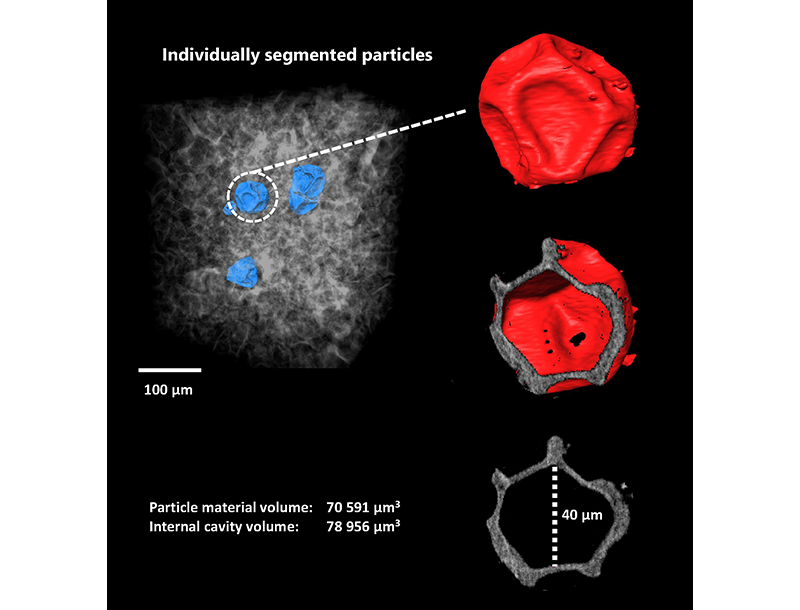The Pharma Lab Show: Spray Dried Dispersion using X-ray CT
Spray drying has become one of the go-to techniques for the manufacture of amorphous dispersions and inhalable formulations due to the ability to control solvent content, morphology, size, and density of the resulting particulates in the dried powder.
X-ray computed tomography is a new technique for this spray dried dispersion application.
Peter Oberta, Managing Director at Rigaku, co-authored the study on this new approach and he joins the show to explain everything you need to know.
We discuss:
- The advantages of using this technique
- How to control particle size, morphology, and density using x-ray CT
- How much sample preparation is necessary for x-ray CT
- The qualitative results of the study
- The resolution that can be achieved with x-ray CT
- The data treatment required to complete the analysis
Check out these resources we mentioned during the podcast:
Figures discussed in the podcast:

.png?width=800&name=MicrosoftTeams-image%20(1).png)
Read the paper here. See more of The Pharma Lab Show in our Learning Center
The CT images were segmented using artificial intelligence provided by DigiM I2S Software.
Check out more information on Rigaku's X-ray CT techniques and products on the new imaging.rigaku.com.
For more insights into the pharmaceutical industry, subscribe to the show on Apple Podcasts, Spotify, or wherever podcasts are found.
Check out the Rigaku Pharmaceutical Technologies Showcase for more information on Rigaku's commitment to the pharmaceutical industry

